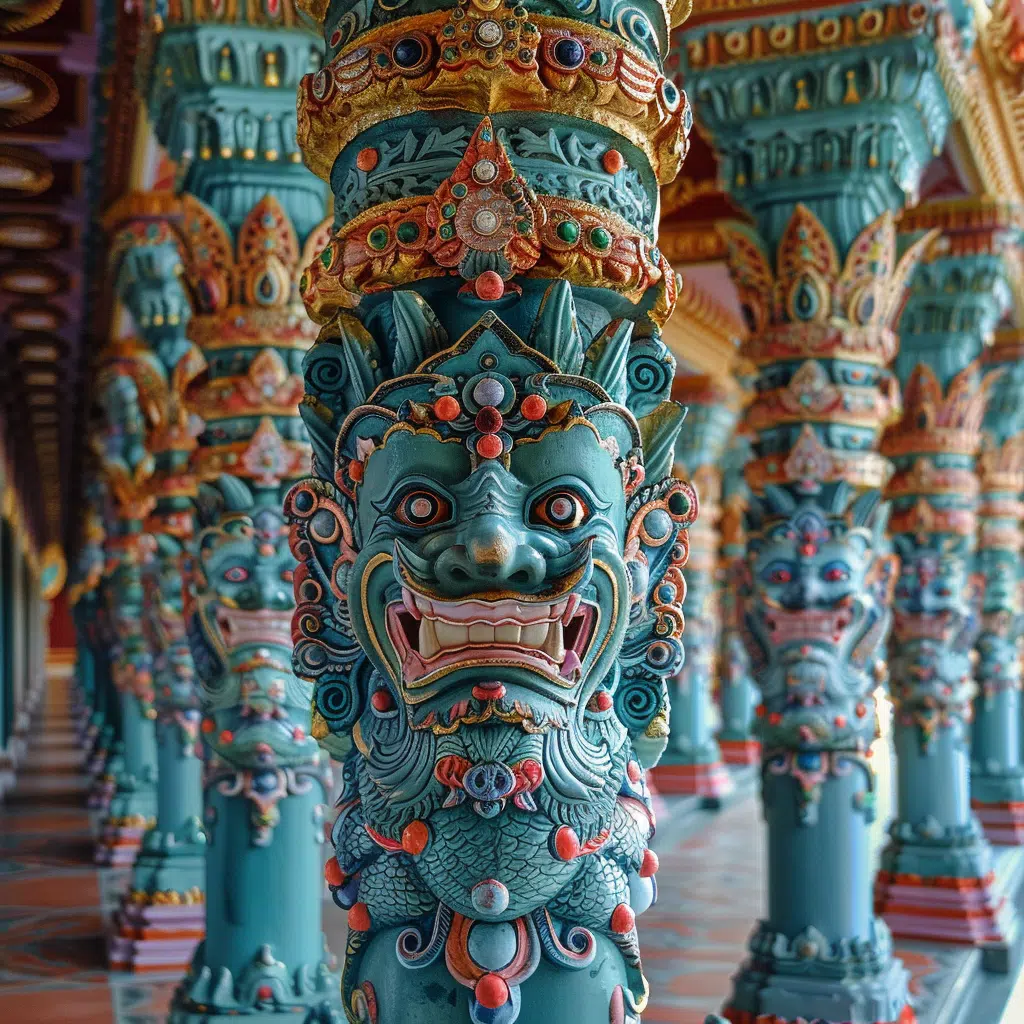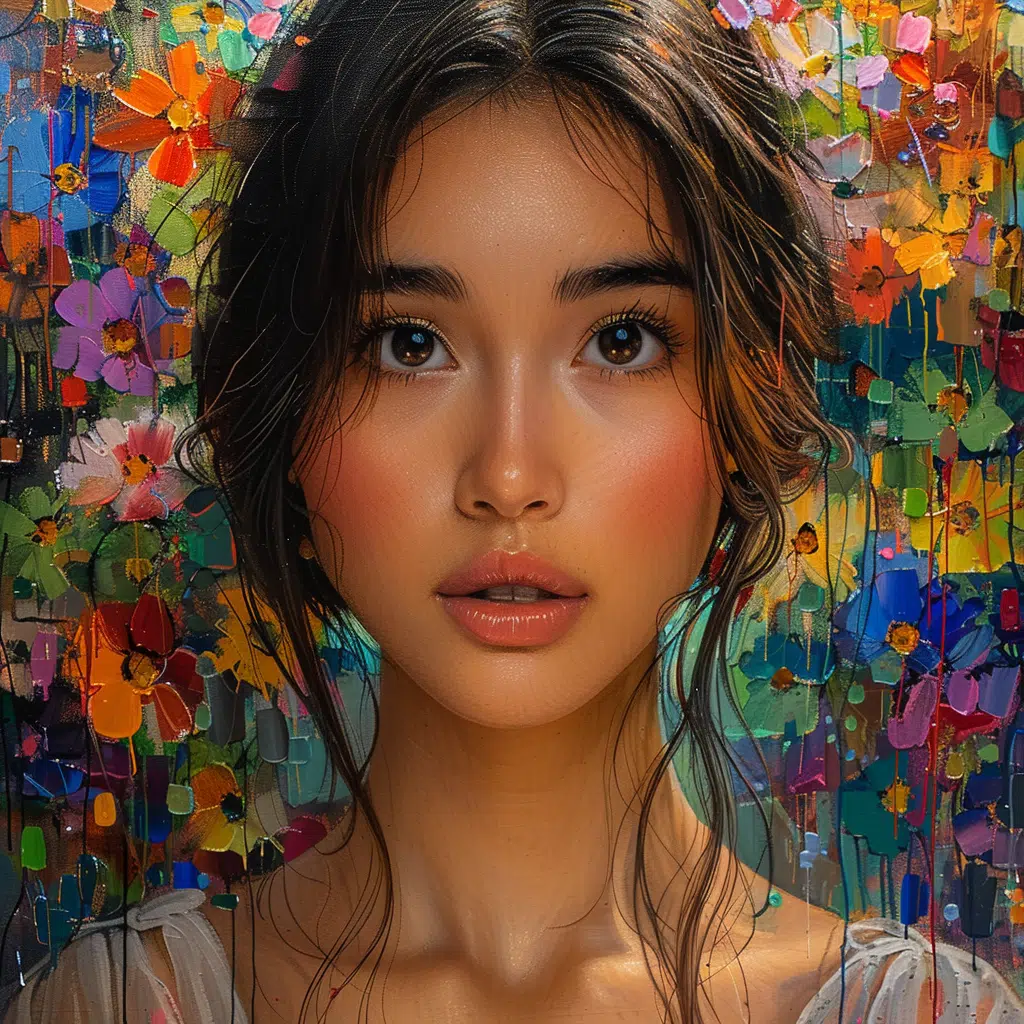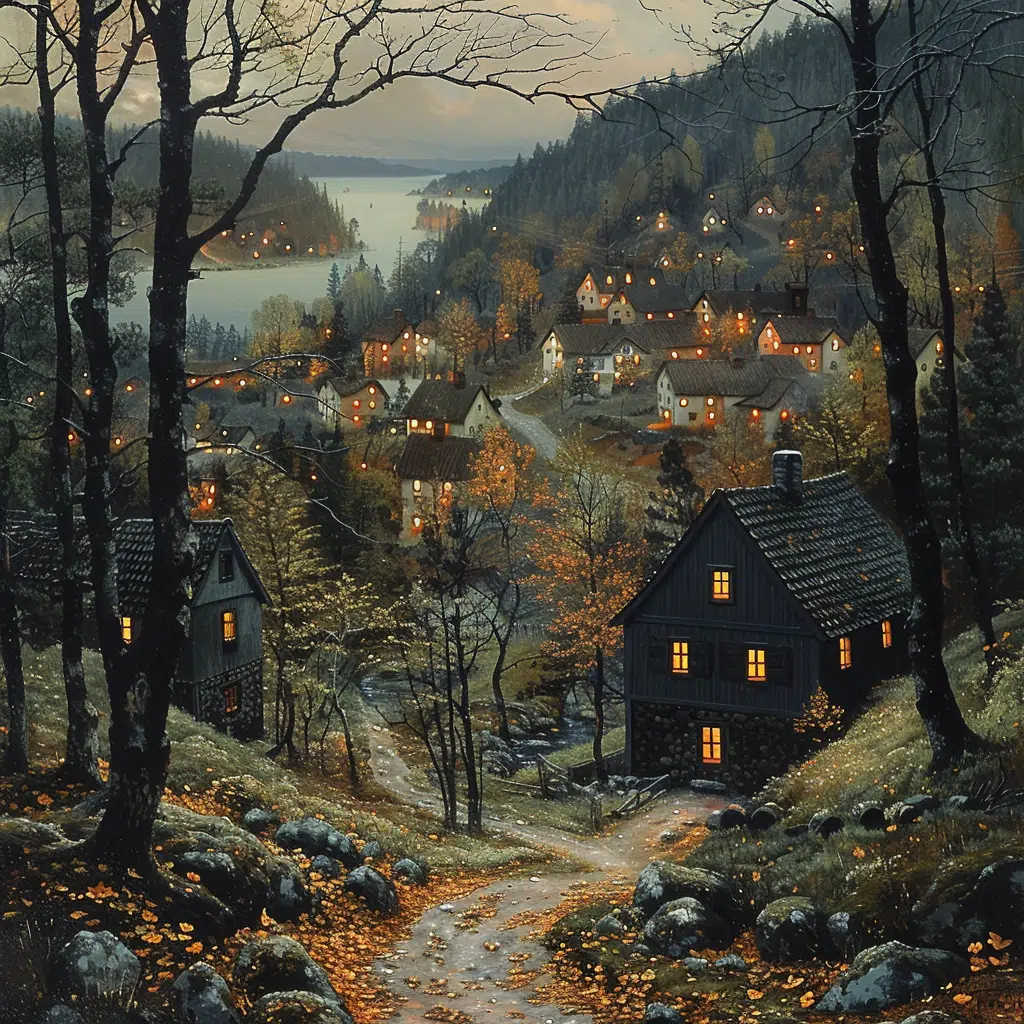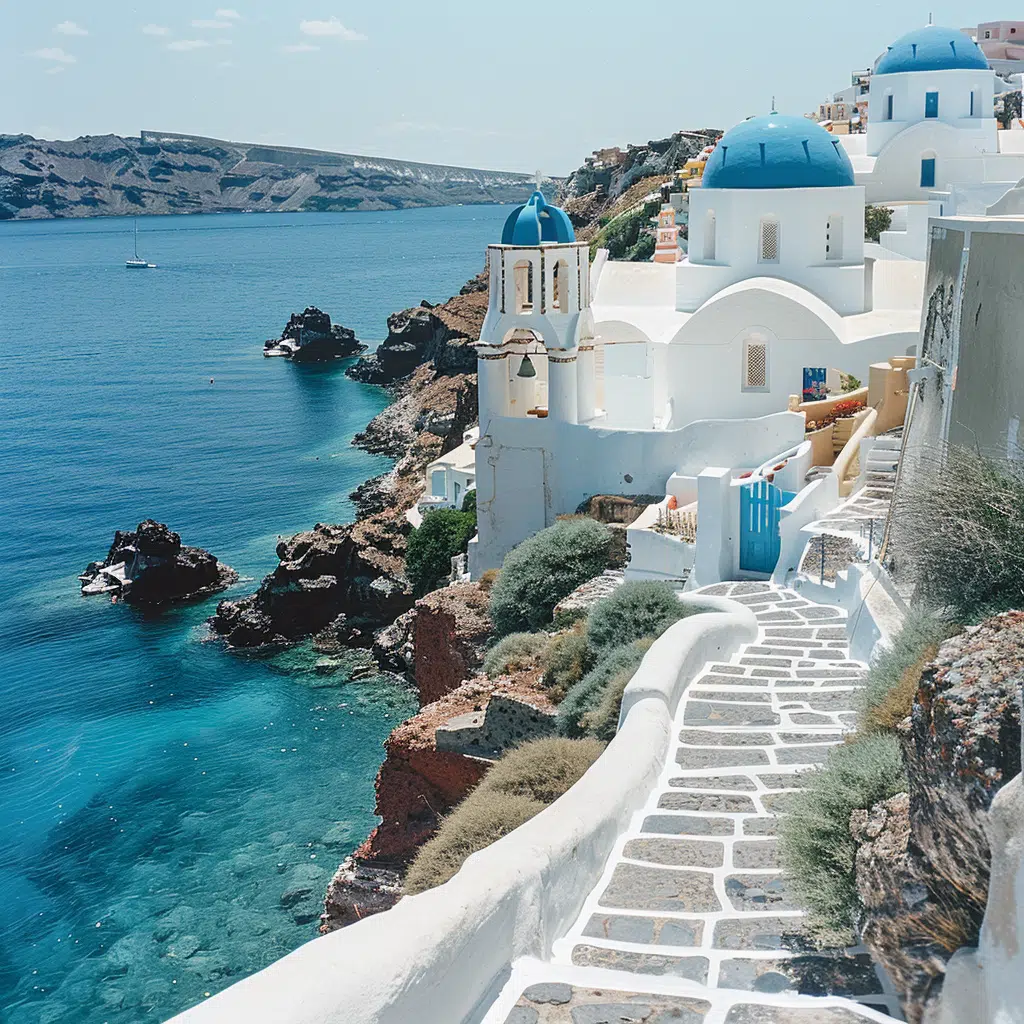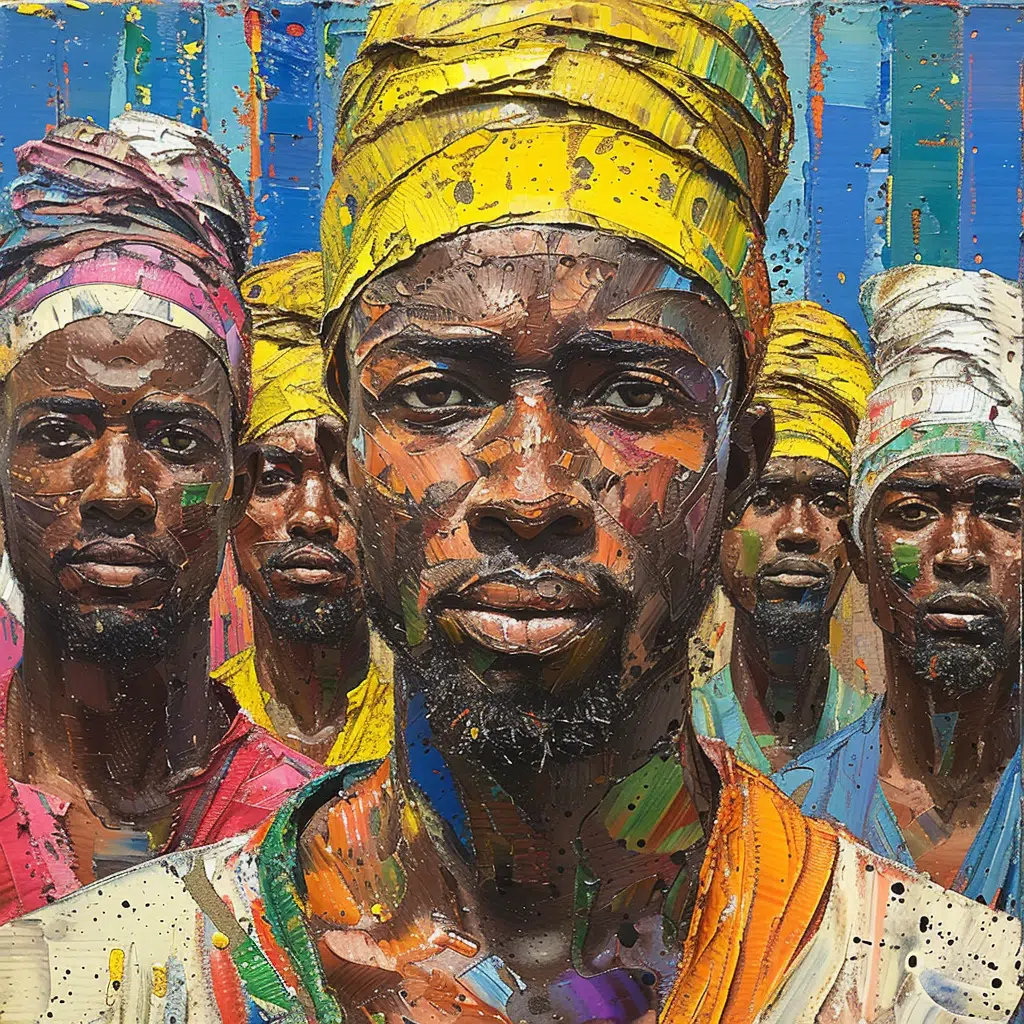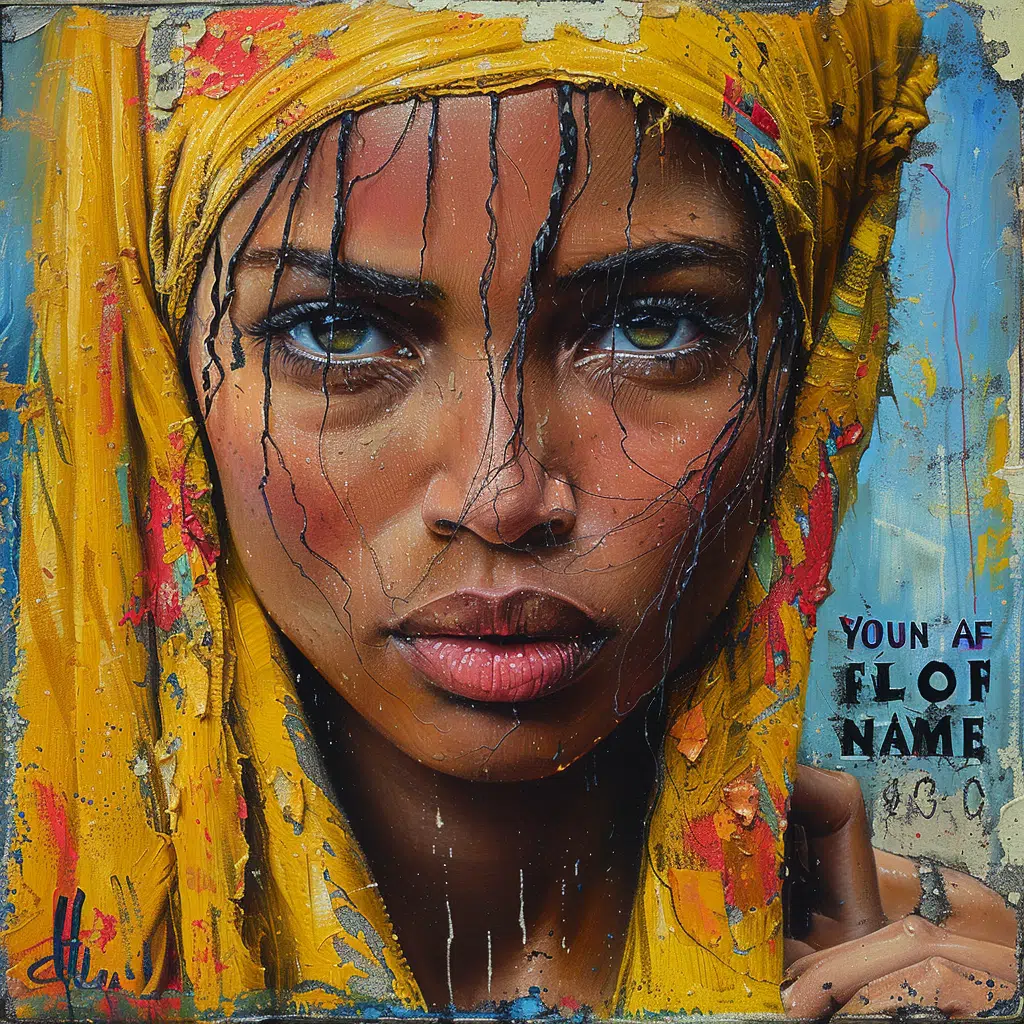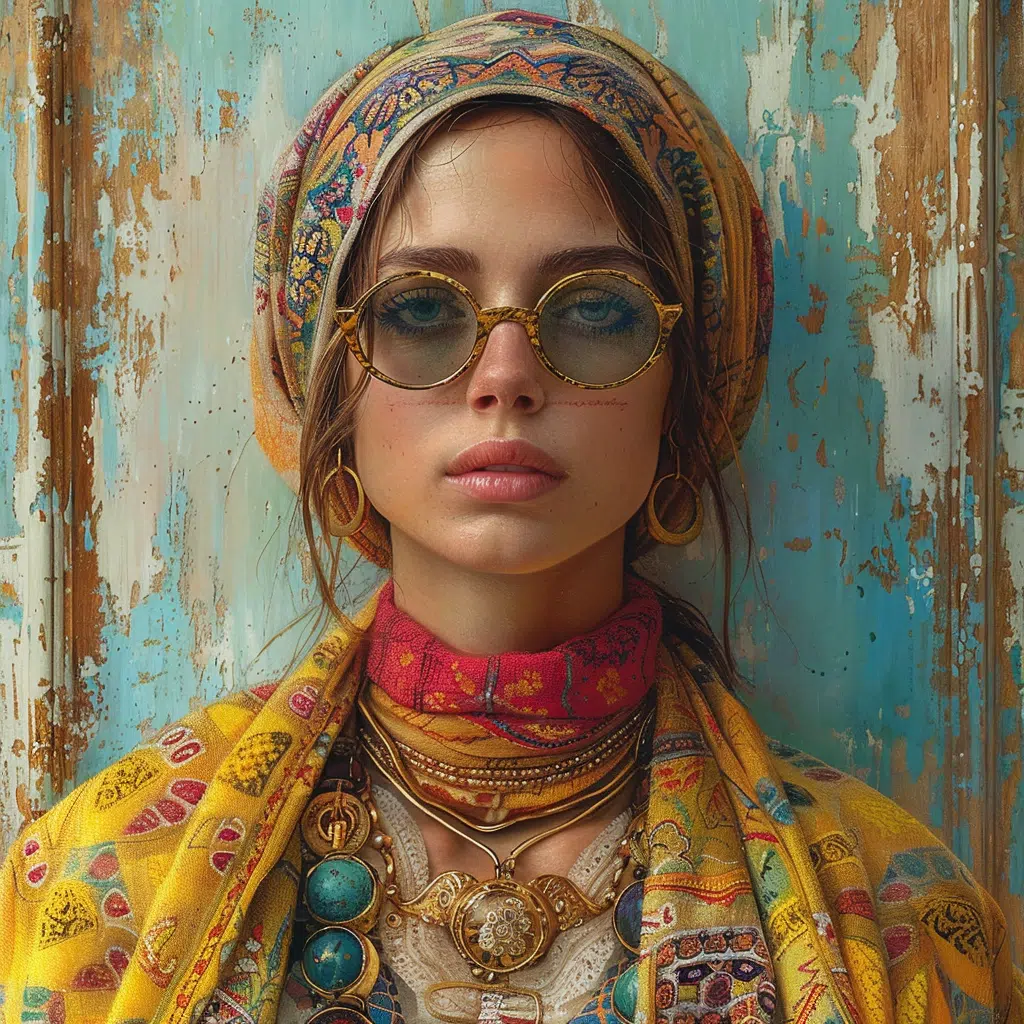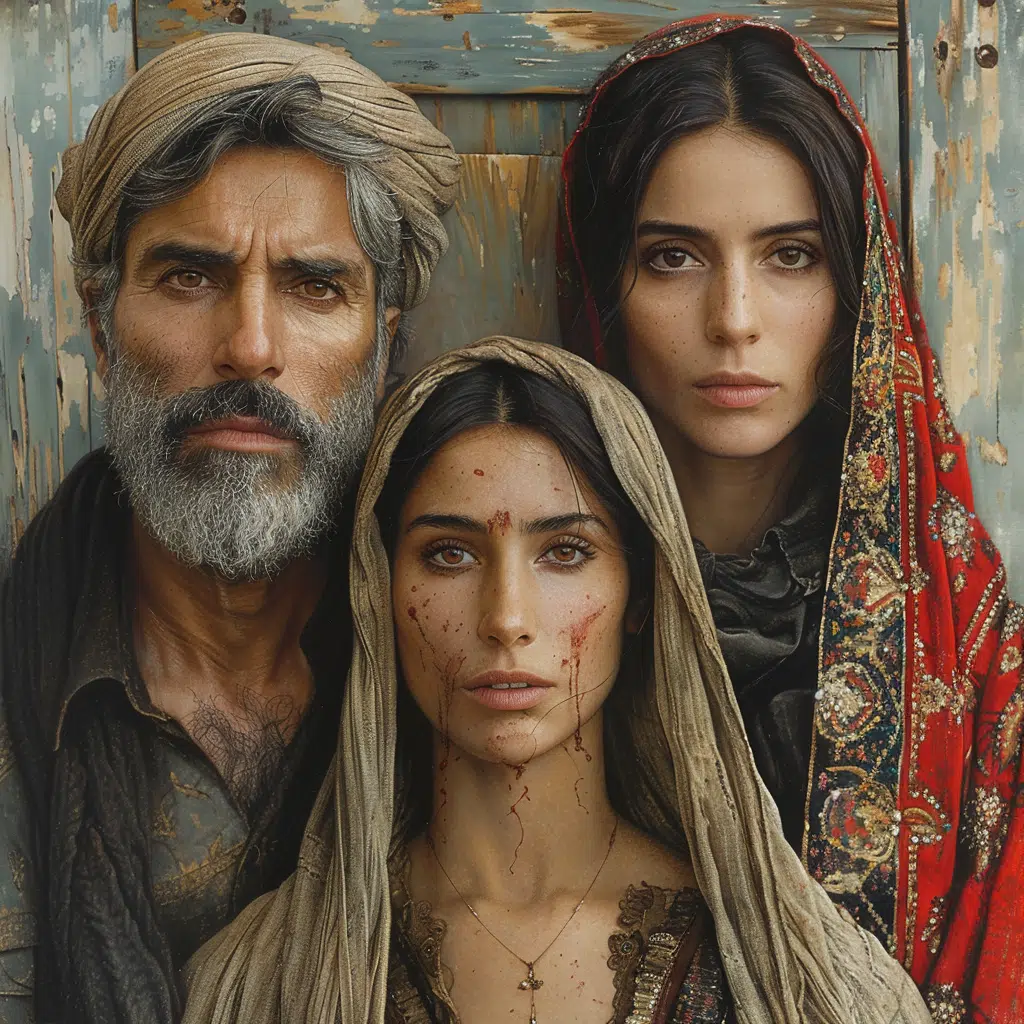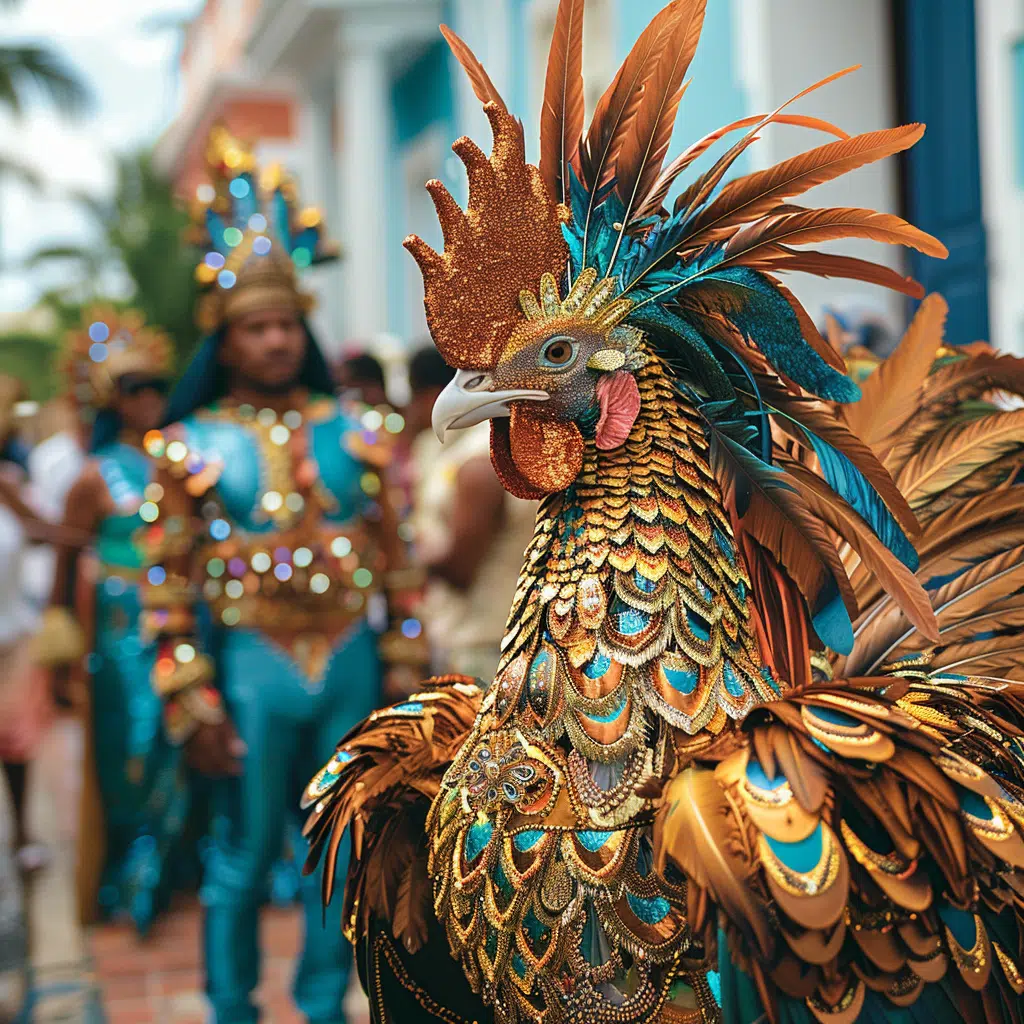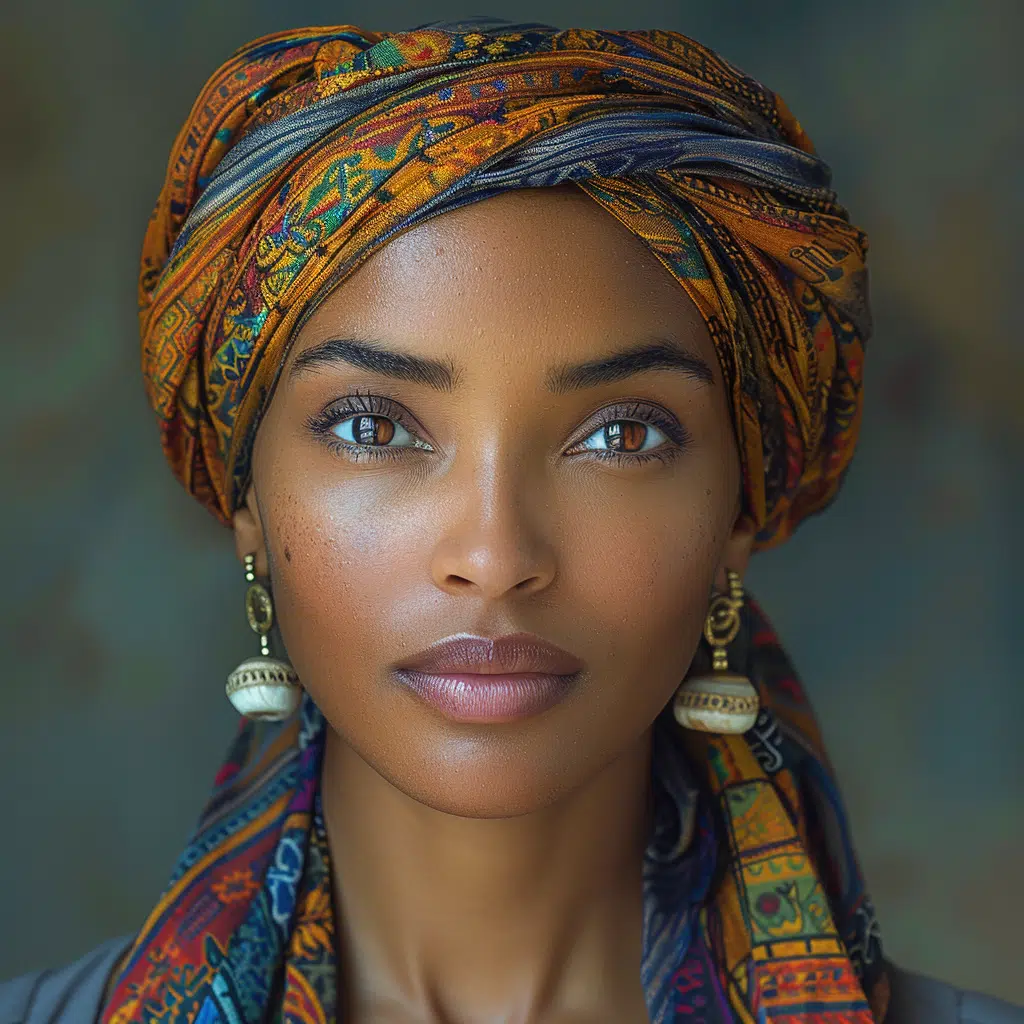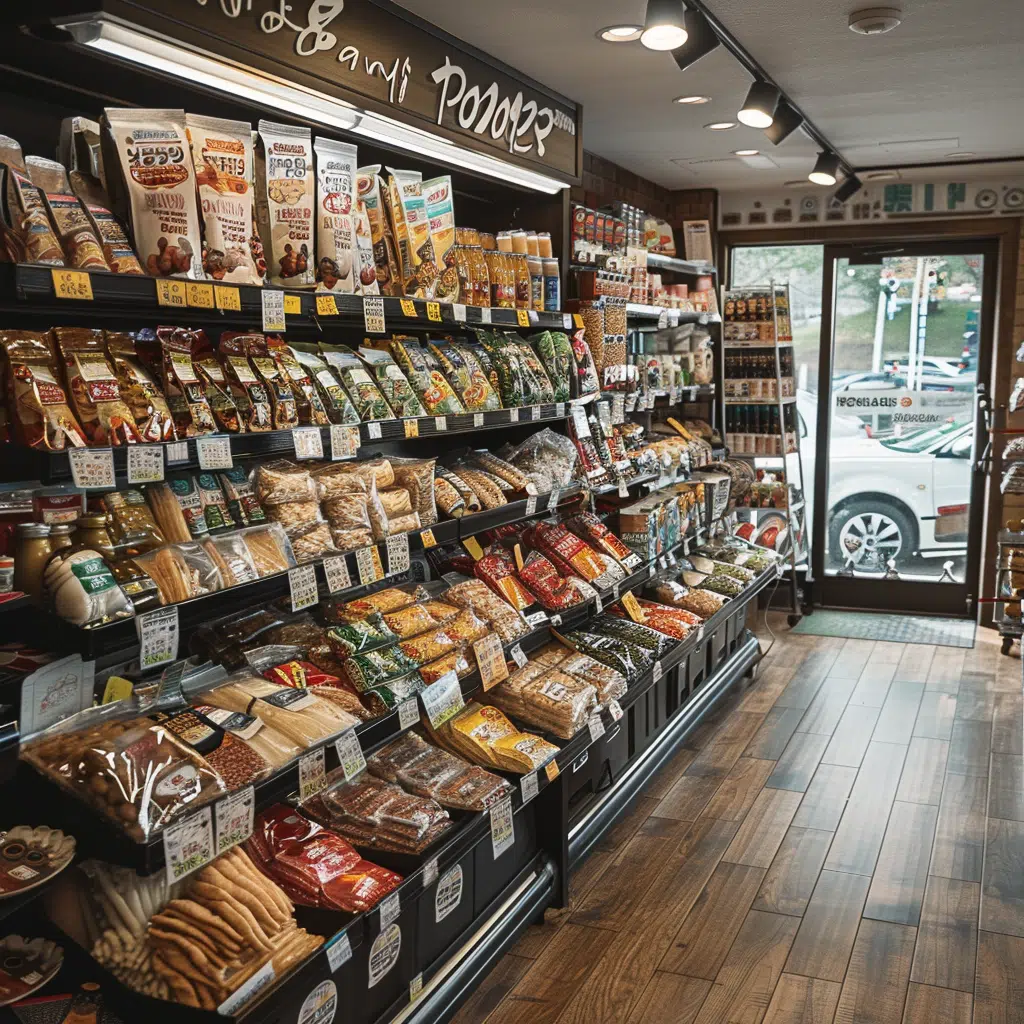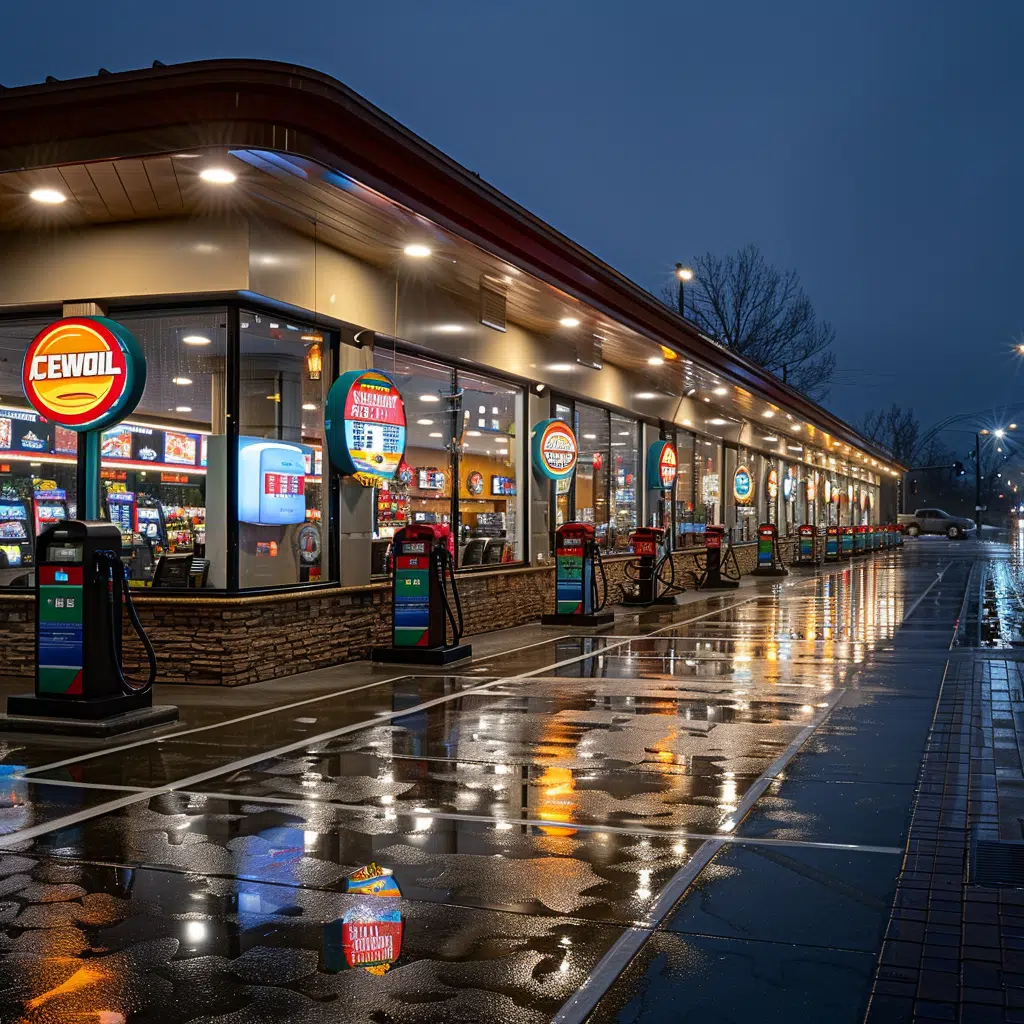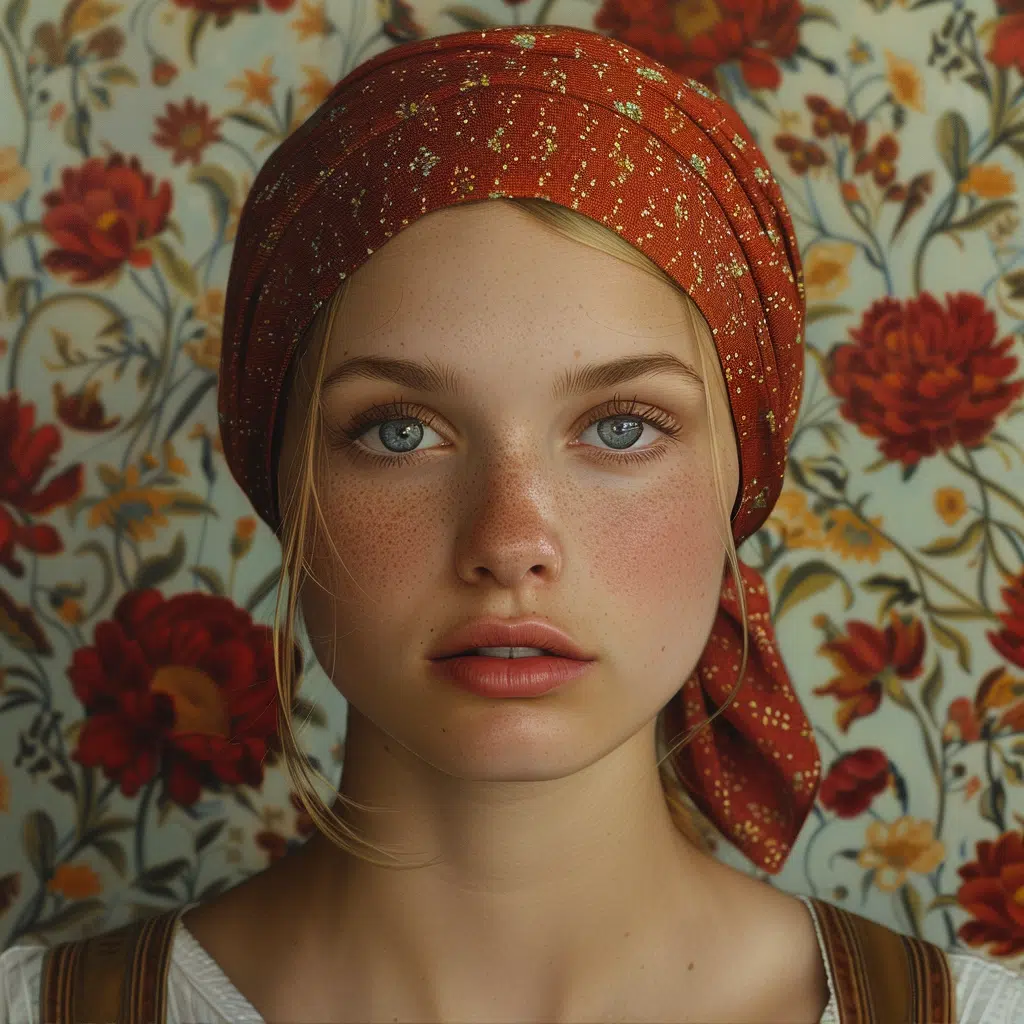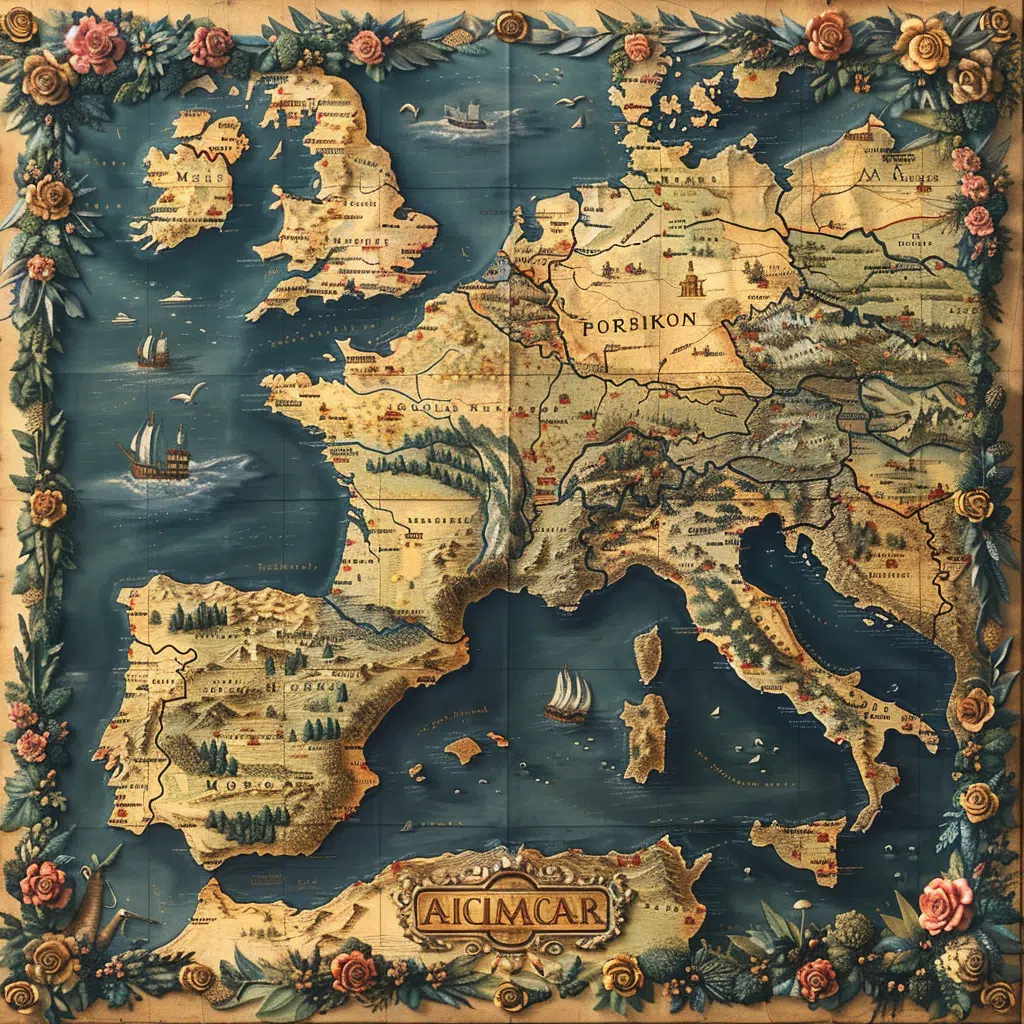The fabric of modern society is a mosaic, rich with the hues of every race and ethnicity imaginable. Yet, despite the vibrant diversity that characterizes our world, people of color often find themselves striving to amplify their voices across numerous sectors. In this sprawling odyssey through the landscapes of business, technology, education, and arts, we pay homage to the resonant impact of these voices, acknowledging their triumphs and deliberating on the path forward.
The Current Landscape for People of Color in Various Sectors
In the relentless pursuit of equality and representation, people of color continue to shatter glass ceilings and etch their imprints across various industries. Let’s consider some cold, hard numbers: as recently reported, just over half of the United States‘ population identifies as non-Hispanic white, hinting at a rich diversity within the American populace. However, this diversity often isn’t mirrored in the echelons of power.
Trailblazers and Pioneers: Individuals Reshaping Norms
A narrative of progress sews itself through every story of a pathfinding individual. Characters like Carlacia Grant are the protagonists in the script of success and leadership that redefine minority influence in entertainment. In technology, fascinating mechanics tools are being devised by entrepreneurs of color whose brilliance echoes in every mechanic tool set innovation, sparking a wave of awe across the engineering community.
These profiles are but a snippet of a vast array:
The Importance of Amplifying Minority Voices in Corporate Boardrooms
Corporate America often presents an image of a monochromatic boardroom table, a tableau in need of disruption. A thoughtful analysis of the likes of Fortune 500 companies illuminates the correlation between a diverse leadership lineup and surges in performance and innovation. Not to forget startups, like Roborock s8 pro ultra, that are redefining domestic robotics with a flair marked by the ingenuity of their diverse founding teams.
Community Initiatives Spearheaded by People of Color
Grassroots efforts founded and led by people of color nestle themselves at the heart of their communities, often blossoming into broad initiatives. These campaigns range from neighborhood sustainability projects to educational restructurings, embodying the spirit that “it takes a village.”
People of Color in Science and Technology: Bridging the Gap
BIPOC leaders in STEM fields don’t merely contribute—they are the vanguard of ingenuity and progress. Weaving together narratives of challenge and triumph, these people of color sprawl a beaconing trail for future generations of scientists and tech pioneers.
What’s remarkable is how products like cleaning robots, such as the innovative Roborock S8 Pro Ultra, are conceived in environments enriched by diversity—a testament to the creative synergy woven into the fabric of racially inclusive workplaces.
Educational Reforms Championed by People of Color
The mantra “education is the great equalizer” rings particularly true with reforms spearheaded by people of color that seek to renovate and level the education landscape. Recognizing the power that comes from adept minds regardless of their skin color, these leaders and policymakers envision a future where every student can feel both seen and supported, academically and personally.
People of Color in Entertainment: Dramatizing Diversity on Screen and Stage
The global reach of film, television, and theater turns these mediums into powerful vessels of change, showcasing real, unfiltered narratives of people of color that resonate universally. Individuals like Bobby Lee and Taryn Manning are not just names on a marquee—they’re advocates for a diverse array of stories waiting to be told.
Environmental Justice and the Role of People of Color
With the clarion call for environmental justice growing louder, it’s people of color who often find themselves on the frontline, drawing a fierce nexus between race, ecology, and health. Their advocacy showcases a profound recognition of our interconnectedness with the planet, urging for a course correction in how we address environmental disparity.
Leveraging Financial Platforms for Racial Equity
In a global economy where the racial wealth gap persists as a grim reality, financial tech startups founded by people of color illuminate the route to equity. These innovators blend financial acumen with a passion for social justice, carving spaces for minority entrepreneurs to thrive.
Fashion and Beauty Industries Embracing Inclusivity
Once a bastion of homogenized beauty standards, the fashion and beauty industries are undergoing a metamorphosis driven by people of color’ brands. This transformation is not just skin-deep; it reverberates globally as conversations around beauty inclusivity take center stage, shaping commercial and cultural trends alike.
The Struggle for Representation: Obstacles and Breakthroughs
The journey toward equality is fraught with hurdles, but it’s the breakthroughs—forged through advocacy and gritty determination—that stupefy us. People of color often navigate these challenges with a finesse born of necessity, lighting the way for others in their pursuit of equity.
Fostering the Next Generation of Leaders of Color
The scent of new frontiers is redolent in mentorship programs and educational initiatives designed to embolden a blossoming consortium of young people of color. Portrayals of emerging young leaders resonate beyond their immediate sphere, signaling an era ripe for change.
The Global Influence of People of Color in Diplomacy and NGO Leadership
Global policies and humanitarian efforts are being shaped more and more by leaders of color who bring unique perspectives to the world stage. Their influence in NGOs and international advocacy isn’t merely participatory—it’s transformative, unfolding novel ways to approach global challenges.
The Future of ‘People of Color’ Entrepreneurship and Innovation
The vista of entrepreneurship and innovation for people of color beckons with promise and potential. With the scaffolding of support systems, funding opportunities, and networks, the future landscape for minority entrepreneurs seems luminous.
Cultural Resonance: How People of Color are Shaping the Arts
Artistic expression and aesthetics find themselves being redefined by people of color, whose work transcends mere ornamentation to speak profoundly to human experience and cultural identity. Their influence extends beyond the canvas or the stage, setting new norms for the economic and cultural valuation of art.
Conclusion: The Continuing Journey Towards Inclusivity and Impact
As we stand on the precipice of a future brimming with potential, we laud the strides made by people of color across countless domains. Yet, we recognize the voyage is far from over. It’s a continual mission to not only elevate these voices but to intertwine their narratives into the collective human story. Let us then, with steadfast resolve and open hearts, support the chorus of diversity that composes our world, for within it lies the melody of progression, innovation, and immeasurable impact.
Uncovering the Influence of People of Color
Breaking Stereotypes with Ink and Pride
Boy, time and again, people of color have toppled over stereotypes, creating a canvas of cultural pride with every stride they take. Take, for instance, the evolving perceptions around neck Tattoos men, which have been embraced by individuals as statements of identity and resistance. Once frowned upon, now you see tattoos perched on the necks of influential figures, often people of color, who wear them as emblems of their stories and heritage. This whole shebang isn’t just about aesthetics; it’s a bold declaration of self-ownership and a way to pay homage to their roots.
Harnessing the Power of Voice and Vision
Speaking of making a bang, did you know that people of color are responsible for some of the most jaw-dropping innovations that we just can’t live without? From the trusty three-light traffic signals to revolutionary medical inventions, these contributions have been game-changers. And hey, we’re not just talking ticking boxes here. These masterminds have taken the bull by the horns, turning trials into triumphs. It’s a true testament to their relentless spirit and the undeniable impact they have on the fabric of society. So next time you’re jamming to some jazz or groove to hip-hop beats, remember that these genres are gifts from the ingenious minds of people of color, often reflecting the heartbeat of their experiences and struggles.
Talk about ringing the bell for progress! It’s clear as day that the legacy of people of color is stitched into the very threads of our world. And let me tell ya, it’s a rich tapestry that’s only getting more vibrant with each passing moment. Now isn’t that something to chew on?
What does BIPOC stand for?
What does BIPOC stand for?
Well, BIPOC’s not just a fancy acronym—it stands for Black, Indigenous, and people of color. Think of it as a shout-out to solidarity, really honing in on the unique experiences of Black and Indigenous folks in the U.S. and tying the knot between all communities of color. Remember, it’s pronounced “bye-pock,” and it’s all about putting those key experiences front and center!
How many races are there?
How many races are there?
Hold onto your hats, because according to the U.S. Census Bureau, there are five official racial categories: white, black or African American, American Indian or Alaska Native, Asian, and Native Hawaiian or Pacific Islander. But don’t forget, ethnicity—like whether someone’s Hispanic or not—is a whole other question!
What percentage of US is black?
What percentage of US is black?
Let’s talk numbers: as of 2022, a whip-smart 14.4% of the US population were living their lives as Black individuals, and that adds up to a cool 47.9 million people. That’s a whopping 32% increase since the year 2000, so, yeah, the Black population in the U.S. is definitely on the rise and showing its diverse colors!
What percentage of the US is white?
What percentage of the US is white?
Okay, so if we’re chopping up the pie, 75.8% of the US population were flying the flag for being white as of mid-2022. Now, if we home in on non-Hispanic whites, that slices down to 59.3%—still a majority, but just goes to show there’s quite a mix in the melting pot!
What is black indigenous?
What is black indigenous?
On the rare occasion you hear “black indigenous,” it’s a nod to folks who’ve got the heritage jackpot—a blend of African and Indigenous roots. But it’s not a term you’ll hear every day; usually, people dive into specifics about their unique cultural backgrounds. It’s a rich tapestry, that’s for sure!
Do you say BIPOC?
Do you say BIPOC?
So, you’re wondering if “BIPOC” rolls off the tongue in everyday chatter, huh? Well, it’s definitely got some street cred these days, especially when you want to pack a punch highlighting the collective yet distinct experiences of Black and Indigenous people, along with other communities of color. Just give it a go, but always with respect—context is key, my friends!
What are the 3 big races?
What are the 3 big races?
When people talk about the “big three,” they’re usually oversimplifying to refer to Caucasoid (or white), Negroid (or Black), and Mongoloid (or Asian) races. But let’s keep it real—that’s an outdated way of looking at human diversity and, frankly, not quite up to snuff with our current understanding of genetics and culture. We’re a colorful bunch with more shades than a paint store, so sticking to just three is old hat!
What are the 3 human races?
What are the 3 human races?
Look, back in the day, some folks might’ve said there were three human races: Caucasoid, Negroid, and Mongoloid. But whoa, hold your horses—most experts these days would tip their hats off to the fact that such categorizations are as outdated as a flip phone. Nowadays, race is seen as a social construct with a whole spectrum of diversity. It’s not so black and white!
What are the 7 races of people?
What are the 7 races of people?
Once upon a time, people liked to split hairs saying there were seven races: the big ones being the African, European, Asian, American Indian, and Pacific Islander ones, spiced up with a couple smaller divisions. But hey, spoiler alert! Race is a tricky social construct that doesn’t quite fit in any neat boxes—there’s a whole rainbow of human diversity out there.
Which race is the richest?
Which race is the richest?
Talking about dough, the racial wealth gap can be a hot potato. No single race holds the title for being the wealthiest, but in the U.S., studies often show that Asian Americans and non-Hispanic whites have had a leg up in the average income department. But remember, it’s a complex cocktail of history, opportunity, and economics.
What is the blackest state?
What is the blackest state?
When it comes to states rollin’ deep with Black culture and heritage, Mississippi wears the crown! It’s got the highest percentage of Black residents compared to any other state in the USA. A true mosaic of African American vibrancy right there!
What is the most Black city in the United States?
What is the most Black city in the United States?
Looks like Detroit steps into the spotlight—this Motor City’s got the rep for being the most Black city in the U.S. of A., with an impressive majority of its residents rockin’ their Black heritage proudly. Talk about driving the culture!
What is the whitest state?
What is the whitest state?
If we’re painting a picture with demographics, Maine is like white on rice—it’s standing out as the whitest state in Uncle Sam’s neighborhood, with the stats to back it up. Quite the snowy peak in America’s landscape, isn’t it?
What is the least white state in the United States?
What is the least white state in the United States?
Flip the script, and you’ve got Hawaii—a state basking in the sun where the white population is like a sprinkle compared to its rich, cultural diversity. In other words, it’s the least white, and it’s pretty proud of its mixed-plate potluck of heritage!
What is the largest ethnic group in the United States?
What is the largest ethnic group in the United States?
When we’re doling out the superlatives, German Americans take the cake as the largest ethnic group in the U.S., throwing down some serious roots from sea to shining sea. Who knew a bit of the Bavarian spirit was so well represented stateside, huh?
What is another phrase for BIPOC?
What is another phrase for BIPOC?
If you’re fishin’ for a different way to say BIPOC, “people of color” works like a charm. It’s a broader umbrella term that’s just as snappy, and gets the job of inclusivity done without skipping a beat.
What does BIPOC mean in spanish?
What does BIPOC mean in spanish?
In Spanish, BIPOC translates to “BIPOC” as well—it’s a loanword that’s swooped into other languages without missing a beat. And just like in English, it’s used to shine a light on Black, Indigenous, and people of color.
Are Hispanics considered BIPOC?
Are Hispanics considered BIPOC?
Absolutely, Hispanics can wave the BIPOC flag as part of the “people of color” crew. It’s got room for everyone under the sun when it comes to underrepresented communities in the U.S., so everyone’s invited to the BIPOC party—including Hispanics!
What is BIPOC in psychology?
What is BIPOC in psychology?
In psychology, talking about BIPOC isn’t just psychobabble—it’s a critical nod to how race and culture can play a massive role in mental health and identity. It’s all about understanding the unique experiences that stir the pot in the melting minds of Black, Indigenous, and people of color.




